Have you ever wondered what goes through a cat’s mind when it’s shuffled from one home to another? It’s easy to think of cats as independent and aloof, but the truth is much more heart-wrenching. Beneath those calm eyes and quiet meows, constant change can spark a storm of emotions. For every cat lover who’s watched their feline friend struggle with a new environment, the emotional toll is undeniable. The world can feel unpredictable and scary for a cat that never knows when its next move will be. Understanding what really happens emotionally when cats change homes too often is not just important—it’s essential to their well-being and happiness.
The Importance of Stability for Cats
Stability is more than a convenience for cats; it’s a cornerstone of their emotional health. Cats thrive on routine, finding comfort in the familiar sights, sounds, and smells of their environment. When those constants are taken away, a sense of insecurity can quickly set in. This can be compared to pulling the rug out from under someone’s feet—suddenly, nothing feels safe. A stable home allows cats to relax, play, and bond with their people. Without it, they are left feeling uncertain and anxious. Just as humans need a safe place to call home, so do our feline companions.
Attachment and the Human-Animal Bond
Cats may not always show affection in obvious ways, but they form deep bonds with their guardians. Frequent home changes interrupt these bonds, leaving cats feeling abandoned or rejected. Imagine building a friendship, only for it to be cut short again and again. This repeated disruption can make it hard for cats to trust new owners. Over time, their willingness to form attachments may weaken, leading to a more withdrawn, guarded demeanor. The emotional pain from broken bonds is very real for cats, even if they can’t express it in words.
Fear and Anxiety in New Environments
Each new home brings unfamiliar scents, sounds, and routines. These changes can trigger intense fear and anxiety in cats. For a species attuned to their territory, every disruption feels like a threat. Cats may hide for days, avoid interaction, or display signs of distress such as pacing or excessive grooming. Their heightened senses make them acutely aware of every unfamiliar detail, amplifying their stress. This constant state of alertness is emotionally exhausting and can leave lasting scars.
Loss of Territory and Security
Territory is everything to a cat. When they’re forced to leave their familiar territory, it’s as if their entire world has been taken away. Every wall, corner, and scent in a home reassures them that they are safe. Losing this familiar ground strips away their sense of security. The emotional impact is similar to a person losing their childhood home—it’s a loss of identity and comfort. With each move, cats must start over, and the repeated loss of territory can make them feel perpetually unsettled.
Changes in Social Structure
A new home often means new people, animals, and routines. Cats are creatures of habit, so changes in social structure can be deeply unsettling. Meeting new pets or adjusting to different family members can spark stress and confusion. They may struggle to establish their place in the new hierarchy, leading to tension or even aggression. This ongoing adjustment can make cats feel isolated, further compounding their emotional distress. The loss of familiar faces and the challenge of new relationships is a heavy burden for any cat.
Trust Issues and Emotional Withdrawal

Cats that are moved frequently may begin to expect disappointment. Their trust in humans can wane, resulting in emotional withdrawal. They may become less affectionate, shy, or even fearful of interaction. It’s like a wall goes up, protecting them from further hurt. This makes it harder for them to bond with new families or adapt to new homes. Over time, this withdrawal can become a permanent part of their personality, making future adoptions more challenging.
Increased Stress-Related Behaviors
Stress often manifests in physical behaviors. Cats that experience frequent moves may develop habits such as excessive grooming, scratching, or inappropriate elimination. These actions are coping mechanisms for emotional turmoil. They may also vocalize more, seeking reassurance or expressing distress. Chronic stress can weaken their immune system, making them more susceptible to illness. The emotional impact is evident in every aspect of their behavior, from the way they eat to the way they play.
Regression in Litter Box Habits
One of the most common signs of emotional distress in cats is a regression in litter box habits. A cat that was once perfectly trained may begin to urinate or defecate outside the box after a move. This is not a sign of spite, but rather a desperate attempt to cope with stress. The unfamiliar environment disrupts their sense of routine and safety. Cats may also use their scent as a way to mark territory and reclaim a sense of control. This behavior is a clear cry for help, reflecting the emotional chaos they feel inside.
Difficulty Adjusting to New Routines
Cats are creatures of habit, and any change in routine can be deeply upsetting. Frequent home changes mean constant adjustments to feeding times, play schedules, and sleeping arrangements. This unpredictability makes it hard for cats to relax. They may become restless, have trouble sleeping, or lose interest in activities they once enjoyed. The lack of a consistent routine leaves them feeling unanchored and vulnerable. For many cats, the emotional toll of these changes lingers long after the move is over.
Impact on Eating and Drinking Habits
Stress and anxiety can have a significant effect on a cat’s appetite. Some cats may lose interest in food altogether, while others might overeat as a way to comfort themselves. Drinking habits can also change, with some cats drinking less due to fear or confusion. These changes can quickly lead to health problems if not addressed. The emotional distress caused by frequent moves is often mirrored in their eating and drinking habits, serving as a warning sign for caregivers.
Heightened Sensitivity to Noise and Movement

Cats that have experienced multiple moves often become hypersensitive to their surroundings. Sudden noises, new voices, or unfamiliar movements can trigger fear responses. They may flinch at the slightest sound or hide at the approach of strangers. This heightened sensitivity is a direct result of the emotional insecurity caused by frequent change. It’s as if their internal alarm system is always turned up to maximum, leaving them in a constant state of tension.
Difficulty Building New Relationships

Forming new bonds is a challenge for cats that have been rehomed multiple times. The pain of previous separations makes them wary of getting attached. They may avoid new people or pets, preferring solitude over the risk of another broken bond. This reluctance can make it difficult for them to settle into a new family. The emotional scars from repeated moves can last a lifetime, shaping their interactions and relationships for years to come.
Increased Aggression or Defensive Behavior
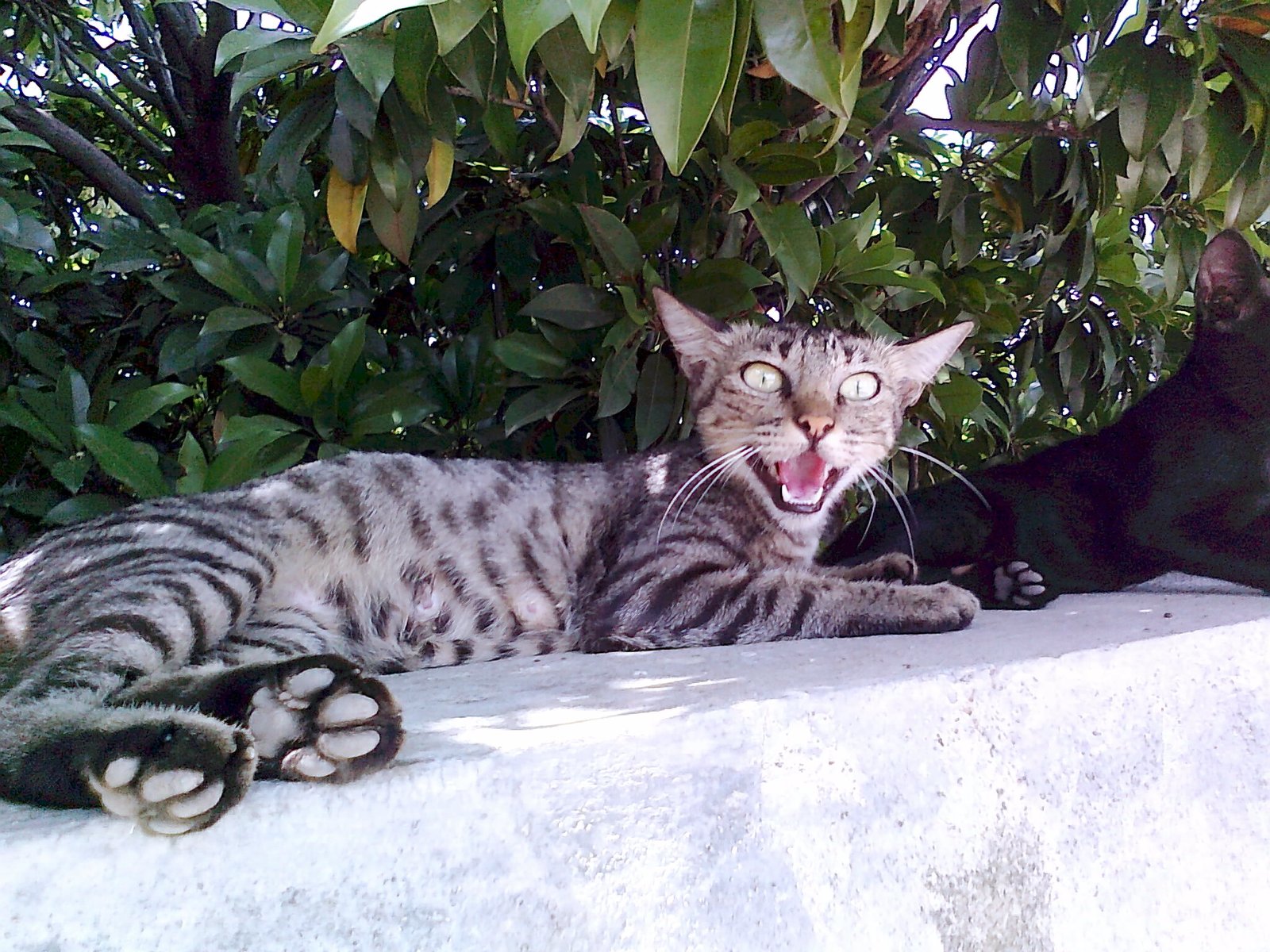
Aggression is a common response to fear and insecurity in cats. When faced with unfamiliar environments or people, they may lash out as a way to protect themselves. This can include hissing, swatting, or biting. These behaviors are not signs of a “bad” cat, but rather a frightened one. The emotional strain of frequent moves can make cats more defensive, always on guard against perceived threats. This makes integration into new homes more challenging for both the cat and their caregivers.
Shyness and Hiding Tendencies
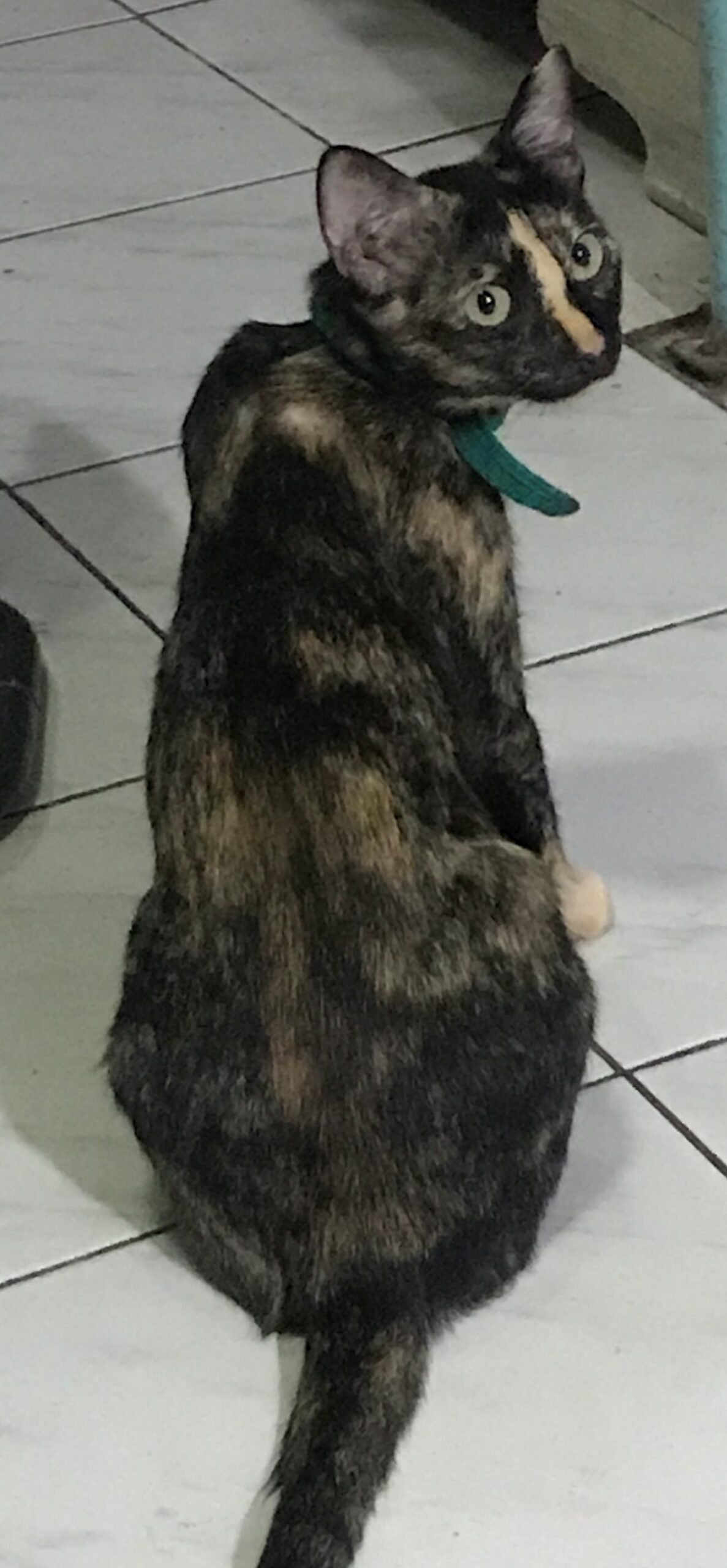
Cats often cope with stress by retreating to safe spaces. When moved too often, they may spend much of their time hiding under beds or in closets. This behavior is a way to shield themselves from overwhelming stimuli. Over time, shyness can become their default response to new situations. The emotional burden of constant change makes it difficult for them to feel comfortable or confident in any environment. Shy, withdrawn cats need extra patience and understanding to help them feel safe again.
Loss of Playfulness and Curiosity

A playful cat is a happy cat, but frequent moves can dampen their natural curiosity. The stress and uncertainty of new environments can make them hesitant to explore or engage in play. Toys and games lose their appeal when a cat is overwhelmed by fear. The loss of playfulness is a sign that a cat’s emotional well-being is suffering. Encouraging play can help, but the underlying insecurity must be addressed for true recovery.
Development of Separation Anxiety

Separation anxiety is not just a dog problem—cats can suffer from it too. Frequent changes in home and caregivers can make them fear abandonment. Signs include constant meowing, destructive behavior, or refusing to eat when left alone. The emotional toll of repeated separations can leave cats desperate for reassurance. Building a sense of trust and stability is essential to help them overcome these fears. Without it, separation anxiety can become a lifelong issue.
Challenges in Adapting to Other Pets
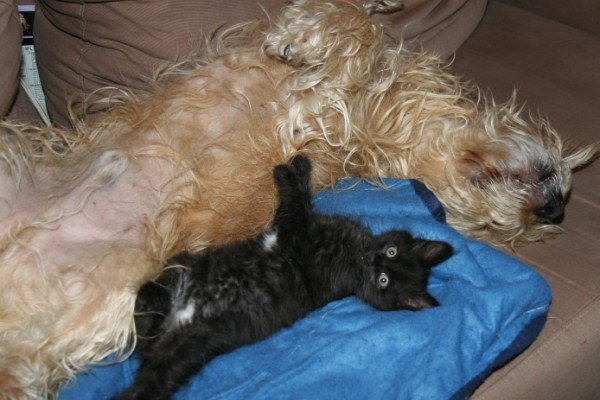
Introducing a cat to new animal companions is always a delicate process. For cats that have changed homes often, the challenge is even greater. They may be fearful or aggressive toward other pets, unable to trust or form bonds. The constant upheaval disrupts their social instincts, making integration difficult. This can lead to conflicts, stress, and even health problems. Understanding their emotional needs is key to helping them adapt to new furry family members.
Emotional Exhaustion and Apathy

Just like humans, cats can suffer from emotional exhaustion. The constant cycle of change, loss, and adaptation takes a toll on their spirit. Over time, some cats may become apathetic, showing little interest in people, play, or their surroundings. This is a sign that their emotional reserves are depleted. It’s heartbreaking to see a once lively cat become a shadow of themselves. Recognizing this exhaustion is the first step toward helping them heal.
Impact on Long-Term Health
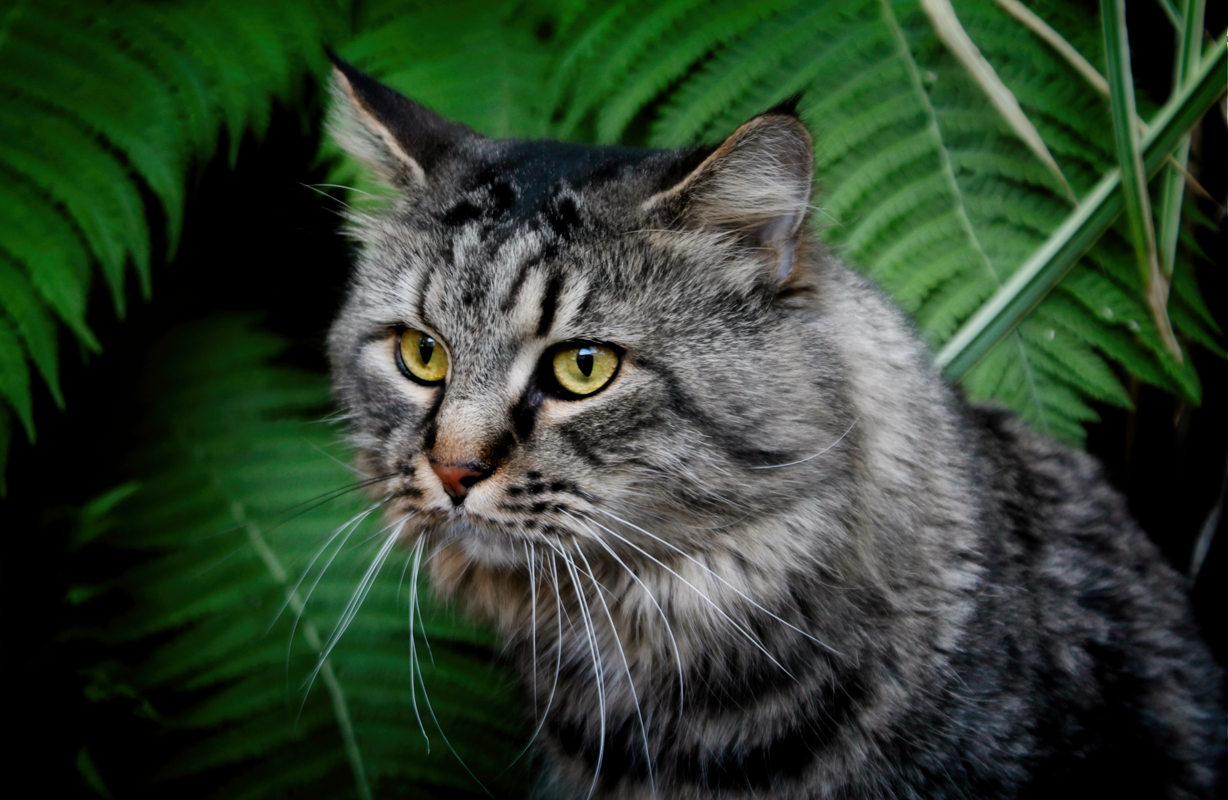
The emotional stress of frequent moves doesn’t just affect a cat’s mood—it can impact their physical health as well. Chronic anxiety weakens the immune system, making cats more susceptible to illness. Stress-related conditions like urinary tract infections, digestive issues, or skin problems can become chronic. The link between emotional well-being and physical health is undeniable. Ensuring stability and emotional support is essential for keeping cats healthy in the long term.
What Cat Lovers Can Do to Help
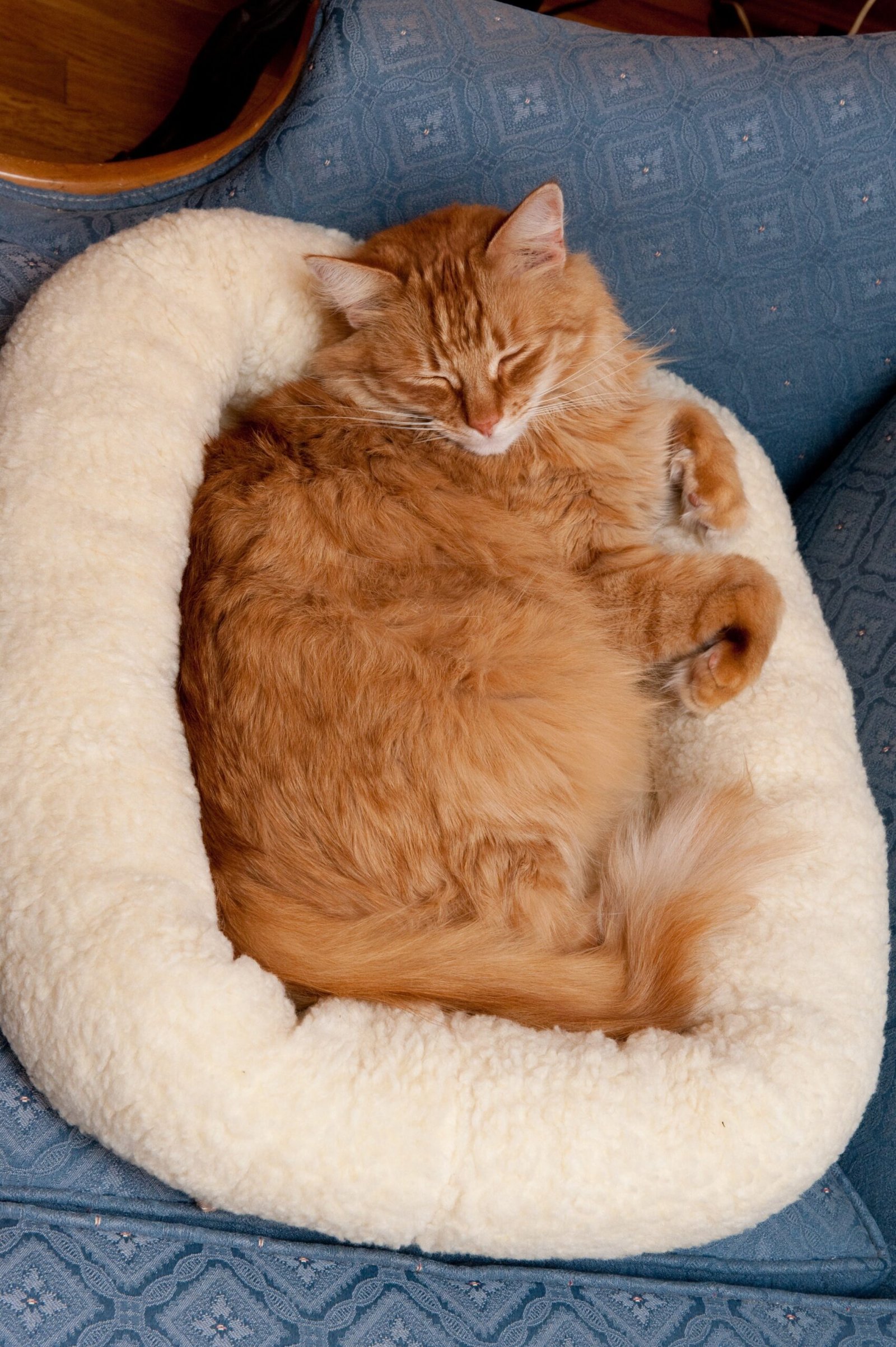
Understanding the emotional impact of frequent home changes is the first step toward making life better for cats. Cat lovers can help by minimizing unnecessary moves and providing plenty of reassurance during transitions. Creating a safe, comforting space with familiar items can ease anxiety. Building routines, offering gentle affection, and being patient can help cats adjust more easily. Every act of kindness goes a long way in helping a cat feel secure and loved, even in the face of change.
The Power of Patience and Understanding

Above all, patience and understanding are the greatest gifts we can offer cats who’ve experienced too many moves. Their emotional wounds may not be visible, but they are just as real as physical injuries. Taking the time to build trust, allowing them to adjust at their own pace, and honoring their need for stability can make all the difference. Every cat deserves a chance to feel safe, secure, and cherished in a forever home.
Hi, I’m Bola, a passionate writer and creative strategist with a knack for crafting compelling content that educates, inspires, and connects. Over the years, I’ve honed my skills across various writing fields, including content creation, copywriting, online course development, and video scriptwriting.
When I’m not at my desk, you’ll find me exploring new ideas, reading books, or brainstorming creative ways to solve challenges. I believe that words have the power to transform, and I’m here to help you leverage that power for success.
Thanks for stopping by, Keep coming to this website to checkout new articles form me. You’d always love it!






